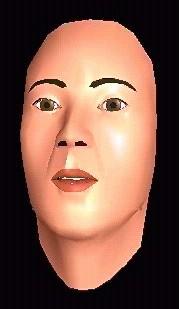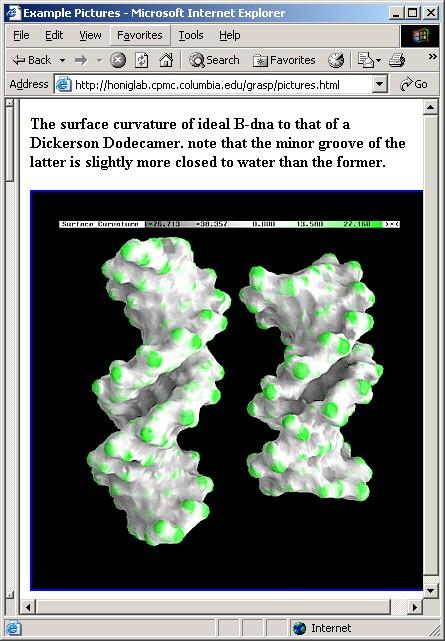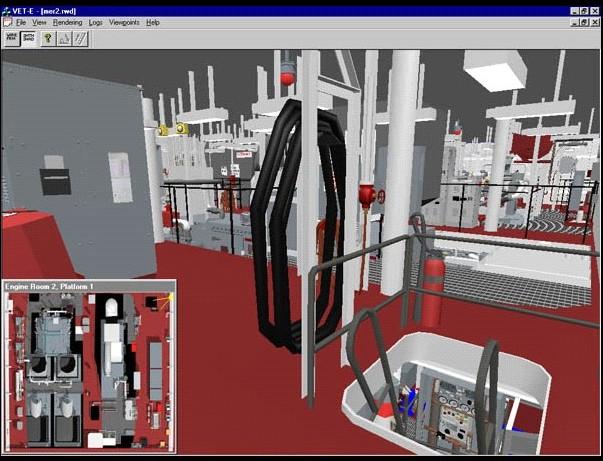
- •1.1 Overview of Computer Systems
- •1.1.1 Components of a Computer System
- •1.2 Evolution of Computer Systems
- •1.2.1 Brief History
- •1200S—Manual Calculating Devices
- •1600S—Mechanical Calculators
- •1800S—Punched Cards
- •1940S—Vacuum Tubes
- •1950S—Transistors
- •1960S—Integrated Circuits
- •1970S to Present—Microprocessor
- •1.2.2 Applications of Computer Systems
- •In Education Multimedia-Facilitated Learning
- •Simulation-Based Education
- •Intelligent Machine-Based Training
- •Interactive Learning
- •In Business Supply Chain Management
- •Project Management
- •Customer Relationship Management
- •Sales and Marketing Using Electronic Commerce
- •Manufacturing Research
- •In Entertainment Movies
- •Video Games
- •1.3 Data Representation in a Computer System
- •1.3.1 Bits and Bytes
- •Increasing Need for Bytes
- •1.3.2 Number Systems
1.2.2 Applications of Computer Systems
-
In Education
-
Multimedia-Facilitated Learning
-
Simulation-Based Education
-
Intelligent Machine-Based Training
-
Interactive Learning
-
-
In Business
-
Supply Chain Management
-
Project Management
-
Customer Relationship Management
-
Sales and Marketing Using Electronic Commerce
-
Manufacturing Research
-
-
In Entertainment
-
Movies
-
Video Games
-
Music
-
Digital Photography
-
Travel
-
Wearable Computer Systems
-
Computer systems are instrumental in improving our lives in many ways. You will see in the following examples how the innovative use of computers can enhance how we learn, conduct business, and enjoy life. As you begin to explore the applications of computer systems, think about how you can use or develop computer technologies in your own field of interest.
In Education Multimedia-Facilitated Learning
Multimedia is defined by Webopedia as "the use of computers to present text, graphics, video, animation, and sound in an integrated way." Software applications such as Microsoft PowerPoint allow lectures to be conducted with animated visual aids. Educational software applications can be used to enhance students' learning by providing an interactive, multimedia environment that can be more engaging. Students can click on buttons on the computer screen to access different sections of the learning material. An example of this can be found on the Intel education site (requires Flash Player). Computers can help enrich students' learning experience.
Simulation-Based Education
Computers can be programmed to generate images and animations that model other systems. These systems can be those that exist in the physical world in which we live (for example, people and objects), as well as those from the imagination (e.g. life on the moon and mythical beings). For example, the Sim Theme Park program allows users to design their own roller coasters, and provides the option to turn off gravity. Simulations can also be used to emulate scenarios that may be too dangerous to practice with real people. Pilots often use simulations when learning about new equipments. Furthermore, computers can be used to model elements that are hard to observe such as molecular structures. You will see how simulations can help learning in the following examples.
The Talking Head below demonstrates how it may be used in language training. The Talking Head realistically simulates the head of a human being, with a computer-synthesized voice that sounds human-like. Click on the image below to see a demonstration of how 3-D imaging and voice simulation can assist in language learning in ways that may not be achievable in the real world.

Figure 1 The Talking Head
Courtesy of Dominic Asarco, Professor of Psychology, University of California- Santa Cruz
Other examples of simulation-based training discussed below are medical training, molecular modeling, and military training.
• Medical Training
In the U.S. army, a 3-D virtual reality (VR) software is used to help measure and improve the effectiveness of medical training in the field. The software enables students to practice trauma assessment and treatment on wounded soldiers using their computer. This would eliminate the need to send trainees to the field and expedite the training process. Details about the training software can be found in the article, "3-D Training Software Helps Army Compare Medical Training Methodologies".
A joint research project in surgical simulation was conducted by Millers University’s Haptics research group and Penn State University’s College of Medicine. The project aimed at developing software that can be used to simulate a suite of surgical procedures. Using a virtual reality surgical simulator that provides sensitive touch feedback along with realistic 3D imagery (virtual reality), medical students and surgeons will be able to practice and test their surgery skills. This would decrease consumption of resources such as organs and physical surgery spaces.
Below is an image of a medical student at the deformable organs simulation station using a pair of scissors.

Figure 2 Student using simulation tool
The student sees the image below- a deformable stomach and the scissors that the student uses to interact with the visual simulation.

Figure 3 Deformable stomach being manipulated by a virtual scissors
© Copyright 2002 Department of Computer Science, Millersville University Reprinted with permission.
• Molecule Modeling
Researchers from the Department of Biochemistry and Molecular Biophysics in Columbia University and the Howard Hughes Medical Institute use a software visualization tool, Graphical Representation and Analysis of Structural Properties (GRASP), to create 3-D models of chemical molecules and explore their properties.
Below is a screenshot of a DNA simulation.

Figure 4 DNA modeling
© Copyright 2002 Barry Honig's group in the Department of Biochemistry and Molecular Biophysics of Columbia University and the Howard Hughes Medical Institute. Reprinted with permission.
Visual simulations of molecules can also be animated to show how they change over time. See recordings of molecule simulations. More visual simulations for studies in Chemistry can be found at http://www.csc.fi/chem/gallery.phtml.
An interdisciplinary applied research center, CRS4 (Center for Advanced Studies, Research and Development in Sardinia), is developing simulation techniques to create visual models in the various fields including medical imaging, fluid dynamics, environment modeling, and more. See CRS4’s Animation Gallery.
• Military Training
3-D simulations can be used build virtual environments that replicate the interior of military crafts to train engineering officers for material readiness assessment. Using simulations, physical crafts do not need to be used during training, and the number of people that can be trained at one time is not limited. Additionally, training can be provided to persons in different geographic locations. You can learn more about the benefit of virtual reality simulations in training on the Education & Training Technology page from Research Triangle Institute (RTI)
Below is a screenshot of a virtual environment built by Research Triangle Institute (RTI) using 3-D simulation software from Sense8.

Figure 5 Virtual training for military personnel
© Copyright 2001 Research Triangle Institute. Reprinted with permission.
